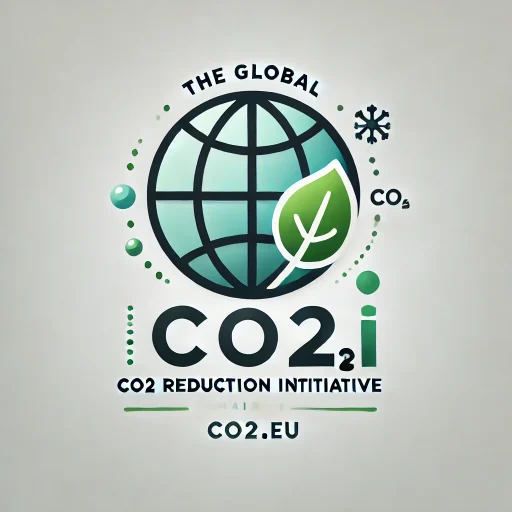Carbon Reduction Activities in Europe: December 23-29, 2024
Executive Summary: During the last week of December 2024, Europe made significant strides in its carbon reduction efforts. The European Union implemented a cap on emissions from buildings and road transport, aiming to drive down emissions through a new carbon market. Additionally, the final carbon auction of the year saw the lowest prices since 2020, reflecting market dynamics and external factors.
Introduction
In the final week of December 2024, the European Union (EU) announced several key initiatives aimed at reducing carbon emissions across the continent. These measures are part of the broader European Green Deal, which seeks to make Europe climate neutral by 2050. This report provides a detailed overview of the carbon reduction activities announced during this period.
Emission Cap on Buildings and Road Transport
The European Commission introduced a new cap on greenhouse gas emissions from buildings and road transport, set at just over a billion tonnes per year. This initiative is part of the EU’s second Emissions Trading System (ETS2), which is designed to reduce emissions in sectors that have historically been challenging to decarbonize. The cap will be gradually lowered each year to achieve a 42% reduction in emissions by 2030 compared to 2005 levels. This measure is expected to increase fuel prices unless governments take action to reduce demand.
Source: Euronews
Carbon Auction Prices
The final carbon auction of 2024 saw the lowest prices since 2020, with European Union carbon allowances clearing at €63.64 per metric ton. This decrease in price is attributed to mild weather conditions and falling gas prices, which have reduced the demand for carbon permits. The auction’s outcome reflects the dynamic nature of the carbon market and its sensitivity to external economic factors.
Source: Bloomberg
Challenges and Future Outlook
Despite these advancements, there are concerns about the implementation of the ETS2. Many EU member states have yet to transpose the revised ETS Directive into national law, prompting the European Commission to initiate infringement proceedings. The success of the ETS2 will depend on effective social climate plans and the strategic use of revenue generated from carbon auctions to support vulnerable households.
Source: Euronews
Conclusion
The carbon reduction activities announced in late December 2024 highlight Europe’s commitment to achieving its climate goals. While the introduction of a cap on emissions from buildings and road transport marks a significant step forward, the success of these initiatives will require continued political will and public support. The EU’s approach to carbon reduction serves as a model for other regions seeking to balance economic growth with environmental sustainability.


Recent Comments